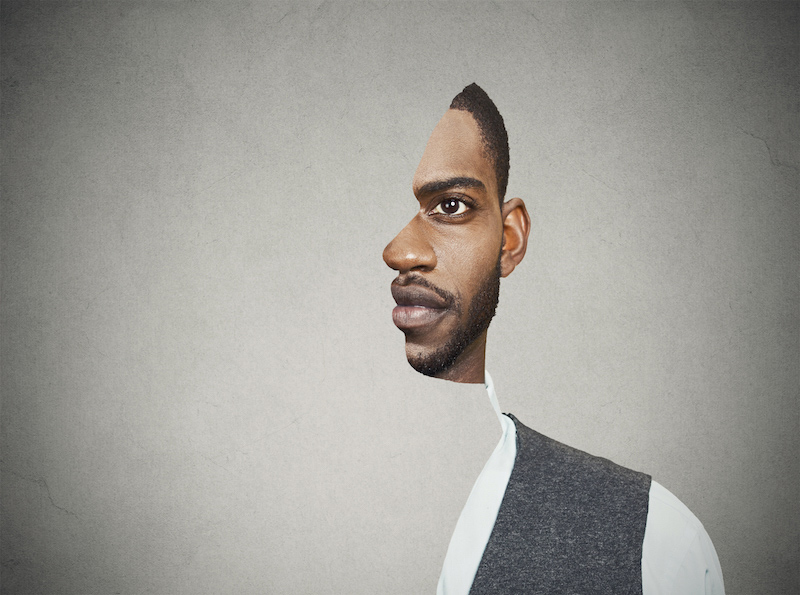
Unilateral hearing loss, or single-sided deafness, is much more widespread than people realize, prominently in children. Because of this, the public sees hearing loss as a black and white — either somebody has healthy hearing in both ears or reduced hearing on each side, but that dismisses one form of hearing loss altogether.
A 1998 study estimated approximately 400,000 children had a unilateral hearing loss due to injury or disease at the time. It’s safe to say this number has gone up in that last two decades.
What is Single-Sided hearing loss and What Causes It?
As its name suggests, single-sided hearing loss indicates a decrease in hearing only in one ear. The hearing loss can be conductive, sensorineural or mixed. In intense instances, profound deafness is possible. The nonfunctioning ear is incapable of hearing at all and that person is left with monaural audio quality — their hearing is limited to a side of their body.
Causes of unilateral hearing loss differ. It may be caused by trauma, for example, someone standing next to a gun firing on the left might get moderate or profound hearing loss in that ear. A disease may lead to the issue, too, such as:
- Acoustic neuroma
- Measles
- Microtia
- Meningitis
- Waardenburg syndrome
- Mumps
- Mastoiditis
Whatever the cause, an individual with unilateral hearing needs to adapt to a different method of processing audio.
Direction of the Audio
The brain utilizes the ears nearly just like a compass. It identifies the direction of noise based on what ear registers it initially and at the maximum volume.
With the single-sided hearing loss, the sound is only going to come in one ear no matter what direction it originates. In case you have hearing in the left ear, then your mind will turn to search for the noise even when the person talking is on the right.
Think for a second what that would be similar to. The audio would enter 1 side no matter where what direction it comes from. How would you understand where an individual talking to you personally is standing? Even if the hearing loss isn’t deep, sound direction is tricky.
Honing in on Sound
The brain also employs the ears to filter out background noise. It informs one ear, the one nearest to the sound you want to focus on, to listen for a voice. Your other ear manages the background sounds. That is precisely why at a noisy restaurant, so you may still focus on the conversation at the table.
When you can’t use that tool, the brain gets confused. It’s not able to filter out background noises like a fan blowing, so that is everything you hear.
The mind has a lot happening at any one time but having two ears allows it to multitask. That’s the reason you’re able to sit and examine your social media sites while watching Netflix or talking with family. With only one functioning ear, the brain loses that ability to do something while listening. It has to prioritize between what you hear and what you see, which means you usually lose out on the dialogue taking place without you while you browse your newsfeed.
The Head Shadow Impact
The head shadow effect describes how certain sounds are unavailable to a person having a unilateral hearing loss. Low tones have long frequencies so that they bend enough to wrap round the mind and reach the ear. High pitches have shorter wavelengths and don’t survive the trek.
If you’re standing beside an individual with a high pitched voice, you might not know what they say unless you turn so the working ear is on their side. On the flip side, you might hear someone having a deep voice just fine no matter what side they are on because they produce longer sound waves that make it to either ear.
Individuals with just minor hearing loss in only one ear have a tendency to accommodate. They learn quickly to turn their mind a certain way to listen to a friend talk, for example. For those who struggle with single-sided hearing loss, a hearing aid might be work around that returns their lateral hearing to them.
